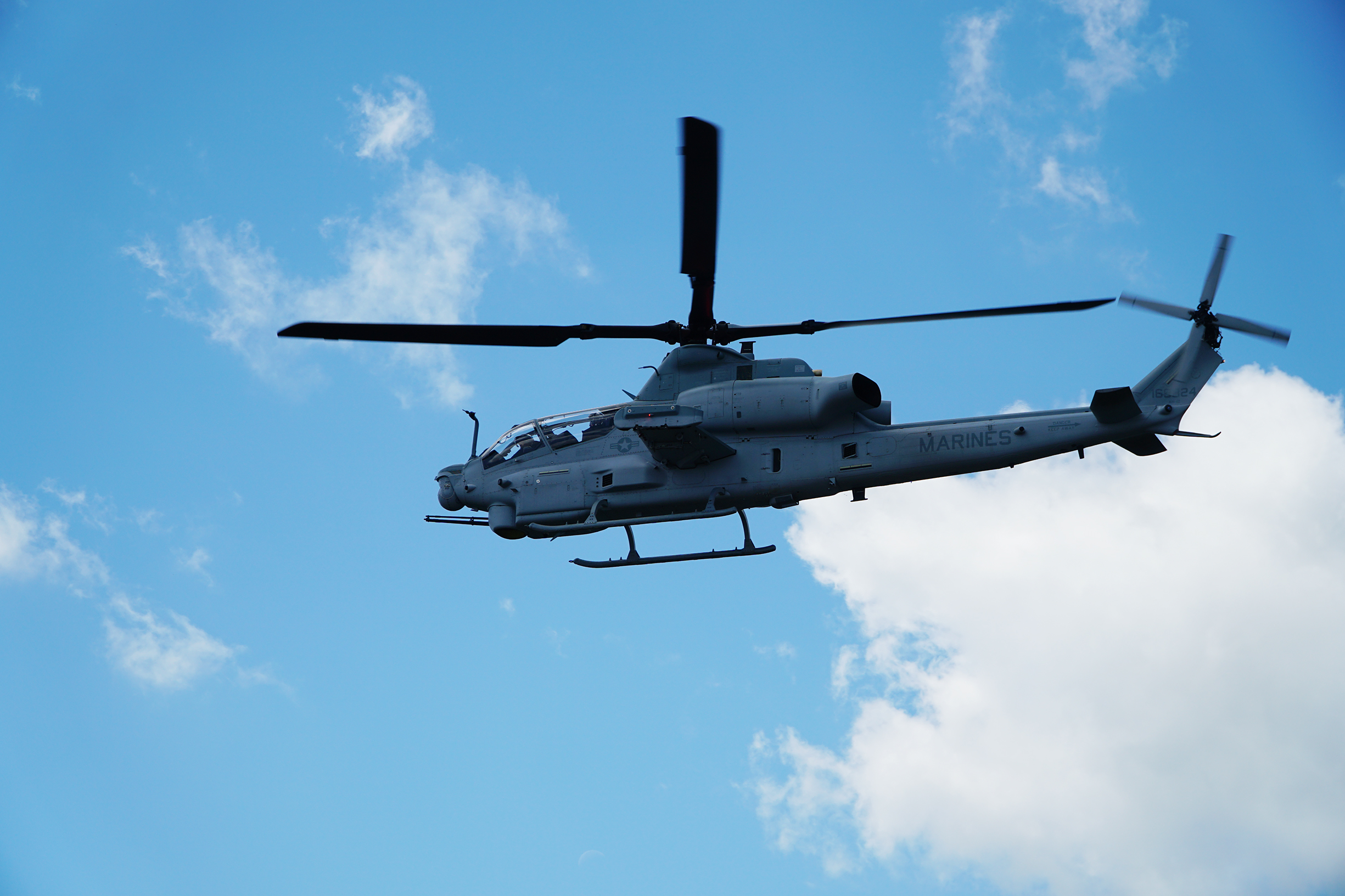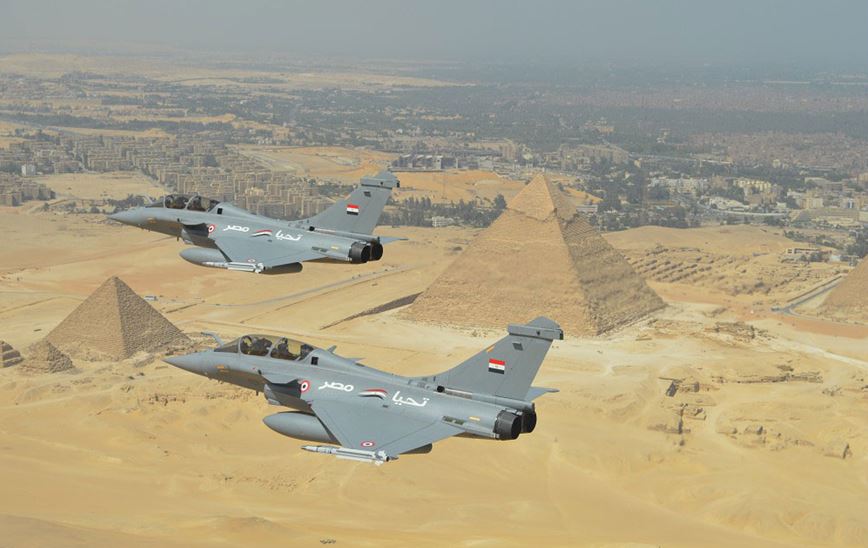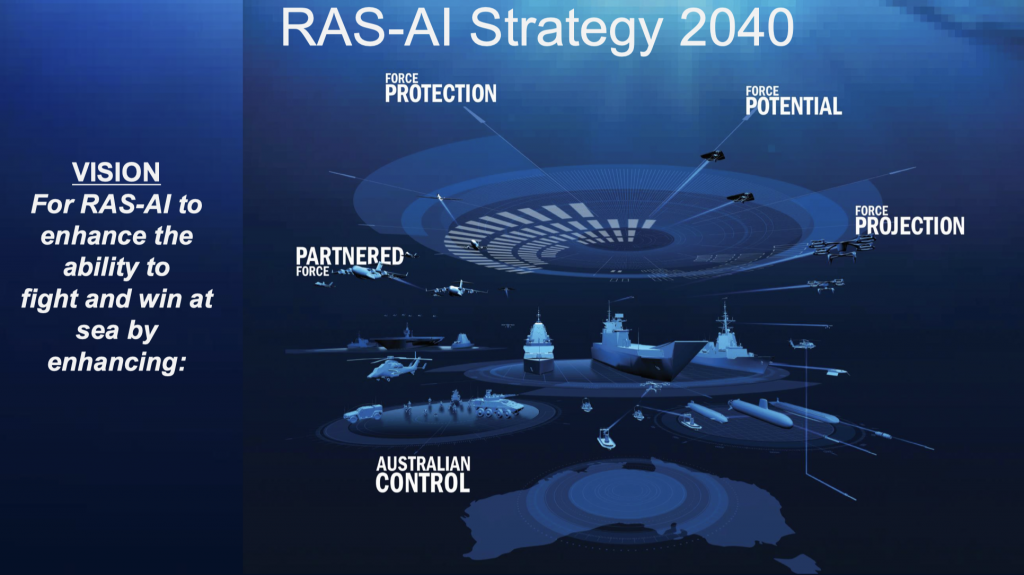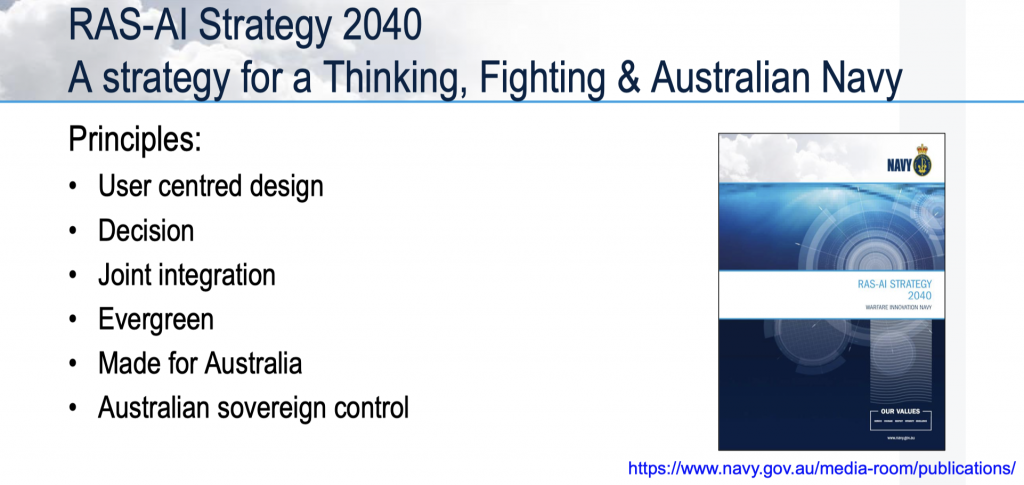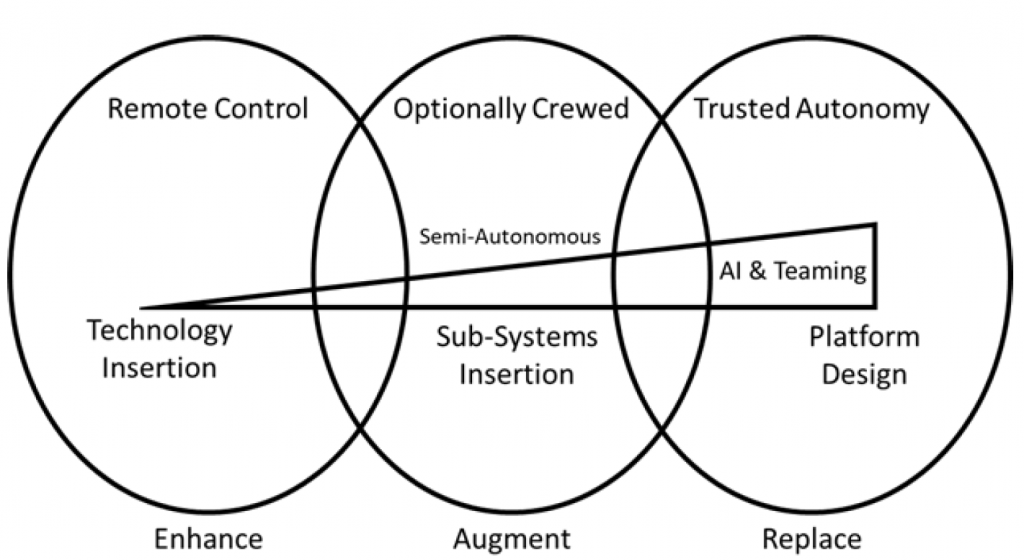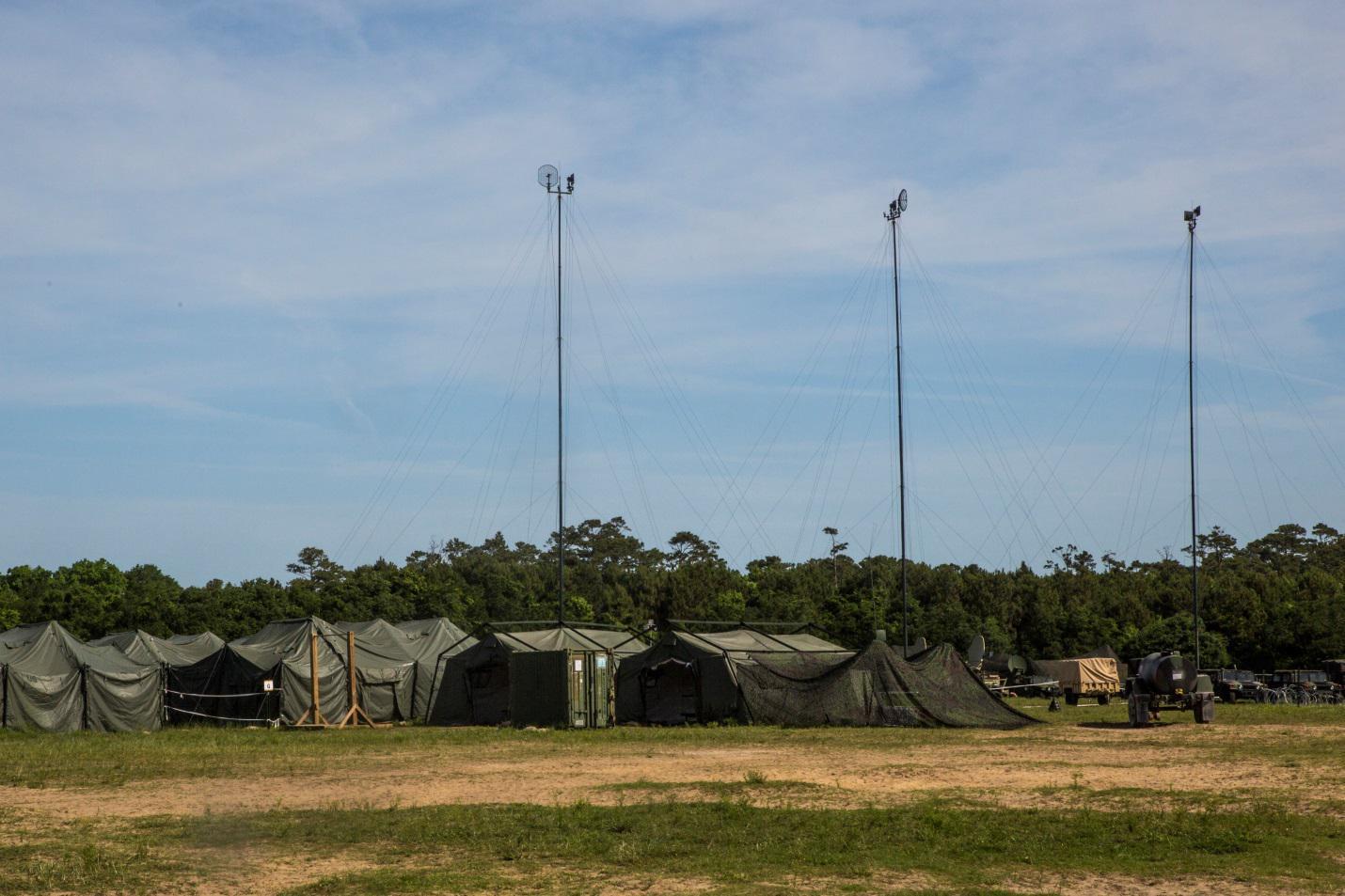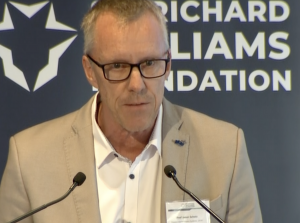By Robbin Laird
In a press release today, it was announced: “The United States Marine Corps (USMC) has successfully demonstrated in flight testing a two-way connection between the AH-1Z Viper helicopter and a ground station using new Link-16 hardware and software.”
In the context of reshaping the current force in the kill web age, this is about expanded integrated force capability.
A key driver of change both in terms of the extant force and the future force is shaping ways for platforms to work more effectively together.
From the perspective of the distributed force these means shaping integrated force packages which can operate at the point of desired effect and through reachback linkages to be scalable.
This means that the combat effect of a specific platform is now a function of what it has on it organically, what it can rapidly integrate with in its operational area and what it can provide to other assets in the force in terms of sensors, data, information, or weapons.
Such is the case of the impact of adding Link 16 to the Viper helicopter.
The Viper is the expeditionary strike helicopter flown by the USMC. The U.S.a Navy is in the throes of a significant transition to fighting as a fleet, rather than operating around classic carrier task forces.
One aspect of the change is reworking how the amphibious fleet can operate within the larger fleet to exercise sea control and sea denial. The Viper is becoming an integrated asset through the addition of Link-16 and Full Motion Video. This is part of the USMC’s digital interoperability initiative.
But it means that as an at sea force it will play a team role in counter-air and counter-surface ship operations as well. The US Navy is in transition; the USMC is in transition and so is the Viper. The Viper can land at sea on virtually any ship to gas and go as well.
In an article published on June 16, 2020, I highlighted how the addition of network capabilities from a kill web perspective for platform modernization enables significant expansion of the current force. That article follows:
With integratability comes an opportunity to shape a kill web approach to platform modernization.
It is a question of how the whole is greater than the sum of the parts, and what each platform not only can contribute to the whole, but what it needs to be a robust and redundant part of the kill web.
This clearly can shape how to think about platform modernization going ahead.
Ensuring that the core platforms have the digital tools to work together, then there is the opportunity to think of the integratable task force and what the platforms operating within that task force can bring to the fight, and what they can leverage from other platforms, and what they can contribute.
A case in point is how to conceptualize the way ahead for the Viper attack helicopter.
Building in Link 16 and video links into the Viper allows it work differently with both Aviation and the Ground Combat Element within the USMC.
And allows it to operate differently within the Navy-Marine Corps team at sea as well.
As argued in an earlier article:
As the US Navy reworks how it is operating as a distributed maritime force, which is being reshaped around the capability to operate a kill web force, the question of how best to leverage and evolve the amphibious force is a key part of that transition itself.
This is a work in progress, and one in which a determination of various paths to the future are in evolution and will be subject to debate as well.
Part of that evolution are changes in other elements of the amphibious task force which can over time play roles different from how various “legacy” platforms can be reworked to provide for new or expanded capabilities for the US Navy overall.
A case in point is how the Viper attack aircraft can evolve its roles AT SEA with the addition of key elements being generated by the digital interoperability effort, as well as adding a new weapons capability to the Viper, namely, the replacement for the Hellfire missile by the JAGM.
What this means is that the Viper can be a key part of the defense of the fleet while embarked on a variety of ships operating either independently, or as part of an amphibious task force.
Because the Viper can land on and operate from of a wide range of ships, thus enabling operational and logistical flexibility, and with integration of Link 16 and full motion wave forms as part of digital interoperability improvements, the Viper can become a key member of the kill web force at sea.
Additionally, with digital interoperability enablement, the Viper can be reimagined in terms of how it might work with other members of the at sea task force.
A key example would be how it might work with the Seahawks operating from the L Class ships as well.
As argued in an earlier article:
My interviews with NAWDC have underscored how the Navy is working through the question of how the integratable air wing will change when the MQ-25 joins the fleet, and working ways for the Romeo to work with MQ-25 and Advanced Hawkeye will inform Romeo as part of its fleet defense function.
“The Romeo community is already looking at how having sensors onboard the MQ-25 can expand the reach and range of what the Romeo’s onboard sensors can accomplish for the maritime distributed force.
“It is also the case that as sensor demands currently made on the Romeo can be shifted elsewhere.
“The Romeo can refocus its task priorities and enhance its contributions to broader mission sets such as ASW and to focus on contributing capabilities that other platforms within the strike group are not prioritized to perform.”
Clearly, integrating Romeos which fly onboard the amphibious class ships with the Viper would provide a significant enhancement of the flank defense capabilities for the amphibious task force.
And working a Romeo/Viper package would affect as well the evolution of the Romeos that would fly off of the L class ships as well.
And all of this, frees up other surface elements to support other missions at sea, rather than having to focus on defending the amphibs as greyhound buses.
Working cross modernization of Romeo with Viper is an example of how a kill web perspective built on digital integratability can provide a clear concept for providing both timely and cost-effective modernization.
In a follow up conversation with Major Thomas Duff and Mr. Michael Manifor, HQMC Aviation, APW-53, Attack and Utility Helicopter Coordinators, about the Viper maritime attack helicopter, we discussed some ways to think about a way ahead.
One aspect of a cross-modernization approach shaped by integratability is finding ways for Viper to leverage Seahawk.
They noted that the Seahawk has a surface radar which the Viper does not but with integratability, they could have access to that data in addition to what they have organically onboard the Viper.
Currently, Viper and Seahawk pilots go to flight school together.
But what is needed is moving beyond the initial experience to shape an integratable capability with the deployable force.
Another aspect is the emergence of “smart” aircraft which can work together more effectively in combat packages.
For example, aircraft working together in a USMC assault package that could share information on the nearest fuel sources via wave form links, and sharing onboard information such as fuel state and fuel burn rates with such links, can lead to more effective integrated operations.
One such “smart aircraft” is the CH-53K. It as an all-digital aircraft with significant flexibility within its data management systems could, if properly configured, proactively know that an H-1 was in need of fuel and give them a time buffer to establish a FARP site, which would lead to more effective combat operations as well.
Another aspect is the modernization of the EW capabilities onboard the Viper.
There clearly needs to be enhanced organic EW capability provided for the Viper, but if done in the kill web manner, of being able to leverage the integrated distributed force, it is clearly a case of no platform fighting alone, but being able to both enhance the Viper’s survivability, but being able to provide data, and strike capabilities to support the kill web force.
Another aspect is working future weaponization from a kill web perspective.
A key aspect with regard to weaponization is the coming of directed energy weapons within the fleet.
Directed energy weapons reduce logistical footprints, extend ranges and allows for effective engagement across many targets.
It is clear that ships have significant advantages over aircraft with regard to the ability to operate directed energy weapons.
This means that the aircraft which fly with a directed energy enabled fleet will be able to tap into those capabilities as part of the kill web without having to operate them onboard their particular aircraft.
Third party targeting is enabled by a kill web; and with the enhanced impact of both directed energy weapons and the fusing of weapons and remote carriers, there is an expanded role which a modernized Viper can provide.
With directed energy weapons in the fleet, which is clearly coming, the airborne assets working with the fleet can focus more broadly on longer range strike opportunities. This is especially the case as targeting data becomes available from assets operating within the kill web that could inform a shooter like Viper, even though the Viper will not carry directed energy weapons itself.
The question then is putting longer range strike weapons on the Viper itself.
With the coming of low cost, collaborative, and tube launched systems like the Coyote UAS, the Viper can fire at greater distance with targeting data provided by C2 at the tactical edge from a partner platform. Swarms can be created by a system like Coyote UAS, but the swarm does not have to be generated by a single platform, but integratable platforms operating as a wolfpack.
A final point is the absolute centrality of common weapons throughout the kill web force.
A Viper needs to land at a FARP, or FOB, or on a Navy ship and be able to fly with common weapons and expendables. With a distributed missile and swarm UAV capability deployed to mobile or expeditionary bases, an asset like Viper can provide integrated strike capability which empowers a kill web.
The Viper has the ability to land virtually anywhere which means that it can tap into a widely dispersed weapons load outs on ships and FARPs throughout the extended battlespace.
In short, as the kill web approach gains traction, it can clearly affect the way ahead for platform modernization as well as to find ways to get best value out of legacy and evolving platforms, and shape the kind of new platforms that will come into the force.
The Viper is a case in point.
Also, see the following:
The H-1 Family Enhances Its Integrability with the Combat Force


